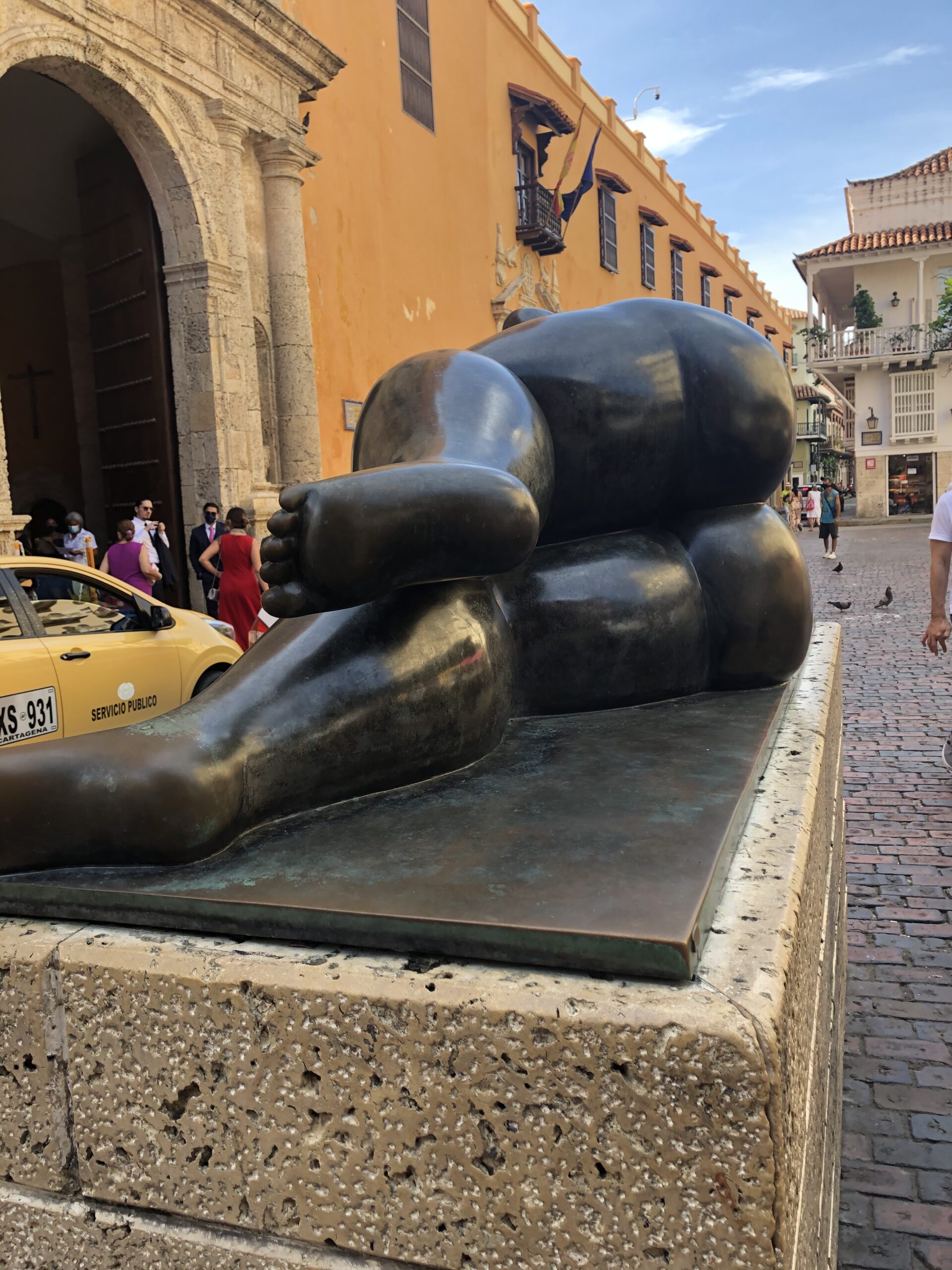
The  Happiest Place…and the City of Three Questions
Happiest Place…and the City of Three Questions
Having previously been, three times, to its almost always over-cast, and chilled capital city, and other cities around the country, I was not surprised when it was named the happiest place in the world in 2021. Colombia.
The most biodiverse country on the planet. Home to some of the most popular tourist cities in the world–some with sea-front skylines, thanks to their position on the Caribbean Sea, and others, with their multi-coloured, colonial, rich architecture, vibrant nightlife, and tourist crowds.


Its capital city, Bogota, is the third highest capital in South America with an altitude of 2600m above sea level. Bogota ranks amongst the top five most populated cities on the continent, with a population of over seven million people.
The country also gave us Sofia Vergara and when its name is mentioned, you think about the aroma of coffee.
Here I am yet again, but headed in a different direction, to see another of the country’s many faces.
On the road-
Your hand on my shoulder or your leg on my bike
Our destination, the capital city of Cesar Department, Valledupar, is about 840 km from Bogota, in the northeast of Colombia. The six-hour road trip started from Cartagena through Barranquilla, on mainly two-way lanes and narrow highways. Overloaded trucks, speeding buses, motorbikes – some carrying more than three people, mostly without lights, mostly with people without helmets, and irresponsible drivers, all share the same road space.
Motorbikes and bicycles here, have as much right to road space as any other user. Usually, two bikes ride alongside each other, occupying as much space in a lane as any car or truck.
But here’s the best part. They love sharing.
As they ride side by side at simultaneous speeds like synchronised harmony, engrossed in whatever tales they are sharing, one of them will have their leg leaning on the fellow rider’s bike.
If it’s not the leg, then they will have their hand resting on the other’s shoulder.
For bicycle riders on the other hand, if it’s not putting their hand on the fellow biker’s shoulder, they hold onto the back of a speeding truck and get dragged along.
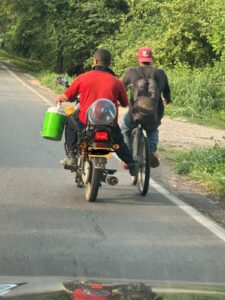
This for-them-normal behaviour, is something you have to watch out for if driving on these roads.
On top of that, include dogs and cats crossing, potholes and dangerously fast-moving passenger buses, vendors who stand in the middle of the road, and many other obstacles. But as unpredictable as driving conditions might be, it’s also quite interesting to watch. There’s never a boring moment on those roads.
The canopy roads and the capital of Vallenato
“Ever heard of Vallenato?”
My husband asked, pulling me out of my reverie. It was hours into our journey. I was enjoying watching the incredible blue skies dotted with white clouds, the breathtaking greenery of the hillsides, and the many fincas(farms) along the road.
“What’s Vallenato?” I asked him. But let me get to that in a moment.
The road a few kilometres before reaching our destination, is lined up on both sides with trees that are decades of years old. They shade the road from sunlight, it feels like you are driving through a canopy.
Unfortunately, these beautiful trees are being cut down to pave way for a highway as part of a huge project, designed to connect various cities like the port of Santa Marta, Carmen de Bolivar, Ciènaga in the north, and San Roque in the south and, Valledupar, to Bogota.
This highway project is the reason me and my family find ourselves in this part of Colombia. My husband is one of the expert civil Engineers involved in realising the project. So, my two teenage daughters and I are headed there for our summer holiday, in his duty station home in, Valledupar.
If you are entering the city from the west, as we did, a colourful gigantic structure of an accordion–and thereafter the various accordion structures around the city–gives you a welcome and an advanced introduction to
 the city. It’s also your constant reminder that you are in the birthplace, in a cultural environment, and in the land of Vallenato.
the city. It’s also your constant reminder that you are in the birthplace, in a cultural environment, and in the land of Vallenato.
But let’s talk about Valledupar first.
The city of three questions.
Valledupar or Valle de Upar, meaning, Valley of Upar city, lies between the mountains of Sierra Nevada and Serrania del Perija. It’s bordered by two rivers; the Guatapuri and Cesar Rivers.
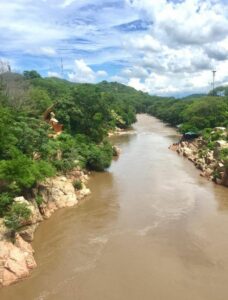
Upar was the name of a chief who ruled the area centuries ago, and the city is named in his honour.
The people of Valledupar are called the Vallenato, or valle nato meaning, born of the valley. But to them, that name means a lot more.
Which brings me to the first reason I baptised this, the city of three questions.
• Te gusta il Vallenato? Do you like Vallenato?
This question is as good as a hola, hello, as it’s almost always the first question you will hear from any local you meet.
Vallenato is a popular folk music genre of this area, mostly played with three instruments: the guacharaca, a wooden instrument invented by the Tairona indigenous people. The caja drum, which originated from African slave communities, and the main instrument, the accordion.
 The accordion, first introduced to the area by German merchants, is a very important instrument in this folk music, as it sets the rhythm of the song.
The accordion, first introduced to the area by German merchants, is a very important instrument in this folk music, as it sets the rhythm of the song.
Every year, competitions amongst accordionists are held to determine the best interpreter of the accordion. The winner gets crowned, il Rey de Vallenato (King of Vallenato).
Then, every ten years further competitions amongst these Kings are held to determine who, amongst them, gets crowned King of Kings of Vallenato.
This music is treasured, it’s their pride and joy, their culture. They are the capital and birthplace of this music. It’s taught in their schools, and it’s a way of life. They play it everywhere; in bars, restaurants, on the radio, and for some, at kids’ birthday parties.
Usually, in the case of festivities, or celebrations, they’ll play the music so loudly that the whole neighbourhood can listen and enjoy the rhythms. If you played a beautiful Vallenato, you will then be complimented by your neighbours, for sharing such beautiful beats with everyone.
 This musical culture is so strong in the area that tourists flock into Valledupar to take pictures of statues of their favourite Vallenato kings, stars, and legends, found all over the city.
This musical culture is so strong in the area that tourists flock into Valledupar to take pictures of statues of their favourite Vallenato kings, stars, and legends, found all over the city.
Telling a local you listen to their music brings a smile to their faces. Saying you love and understand the music, is an open gate to further conversations. • Fuiste al Rio? Have you been to the river?

You haven’t been to Valledupar unless you have visited il Rio (the River) Guatapuri and its golden mermaid statue. This brings us to our second question;
Fuiste al Rio? Have you been to the river?
Legend of the city says the statue was a girl who dived into the river and came out as a mermaid.

Guatapuri is a beautiful river of over 80km in length, sourced from Curiba Lake at 4,400 elevation. At its mouth is the Cesar River.*
Another pride Valledupar. The Guatapuri with its brown water is a source of relaxation.
 On hot days, people dive into the river to cool off. The river is a beautiful gateway where stalls of food and drink will be erected, especially on Friday evenings, and at the weekend, for a taste of something delicious, while listening to rhythmic music–pure Vallenato.
On hot days, people dive into the river to cool off. The river is a beautiful gateway where stalls of food and drink will be erected, especially on Friday evenings, and at the weekend, for a taste of something delicious, while listening to rhythmic music–pure Vallenato.
 The area around the river is shaded with trees which cool off the heat, so you can enjoy taking walks there. It’s also a famous meeting point for exercise fanatics and a haven for cats.
The area around the river is shaded with trees which cool off the heat, so you can enjoy taking walks there. It’s also a famous meeting point for exercise fanatics and a haven for cats.
• Te gusta Valledupar? Do you like Valledupar?
This question comes in third and, well, what’s not to like? Social protocol here might differ from other areas around the country in many ways. But the Vallenato is confident, their city is likable as are the people.
Amongst the things I found most interesting are;
Informality. The Vallenato are not very formal people. This makes their tone and approach towards you, familiar and friendly; like you already know the person you are talking to. Using first name basis is quite common, even for people you are meeting for the first time.
For example, I once text ordered a taxi, leaving my name and location. When the taxi company sent back a voice message, it started with, Hola Edith, como estas? (hi Edith, how are you?). Not what would be expected; buenas dias signora (good morning madam).
I remember listening to that audio and thinking, I’m calling the same guy again tomorrow. It felt comfortable. It was inviting.
 This open and friendly attitude makes them very approachable.
This open and friendly attitude makes them very approachable.
In social circles; at your hair salon, on the bus, in the bank, or any public place, playing loud audio or video on your phone will mostly go unobserved. In fact, at times, it might even attract the attention of the person next to you. Not for them to criticise your lack of respect for other people’s space, but as an interested party to what you are watching or listening to.
This behaviour might be upsetting to a foreigner in the area, but to the locals it’s quite normal. All they say is, porque no? Why not? It’s all good. We love listening to what other people are listening to.
Watch out for bad drivers. But even more, watch out for the pedestrians. They can easily cross the road without giving much attention to on-coming vehicles because they know, the car can see them. But even more, you as a driver will take care of them by adjusting your speed while they cross the road.
Tranquilla. Relax.
Outdoor exercising too, has some kind of protocol. It’s a giveaway to a foreigner. In especially the morning, and despite the bright sunlight, people exercising hardly ever wear sunglasses. They also generally never listen to music. So, no head or earphones at all.
This beat my understanding, but it also showed their wariness. They will warn you against using your telephone while out on the streets and also, watch out for anyone approaching you while out there, they say. These precautions might be the reason they avoid listening to music while outdoor working out. To avoid having their devices displayed.
A greeting will normally be exchanged when you cross paths with exercisers. In case you go outdoors exercising much later in the morning when the sun is fully out, you might get some warnings to take care; you are going out a little too late. Because when the sun’s heat starts, it can be daunting.
Valledupar is one of the hottest places in Colombia. If you visit in July or August, as we did, know that temperatures, especially in July, can sore up to 37 degrees centigrade.
The land is fertile and the city is surrounded by Fincas(farms) producing bananas, palm oil, milk, and many other products.
 Valledupar is also the city of mangoes. There’s at least a mango tree, if not more, in every corner of the city. Thanks mostly to these mangoes, the city’s numerous stray dogs never go hungry. The ground is full of fallen ripe ones, a good source of food for these four-legged habitants.
Valledupar is also the city of mangoes. There’s at least a mango tree, if not more, in every corner of the city. Thanks mostly to these mangoes, the city’s numerous stray dogs never go hungry. The ground is full of fallen ripe ones, a good source of food for these four-legged habitants.
There are roughly 500,000 people in Valledupar, mostly nice and friendly. They have an interesting culture and a strong belief in taking care of each other – Te cuido, y me cuidas, as their motto goes; I take care of you, and you take care of me. There isn’t so much to do around the city but it’s a beautiful and quiet there, a perfect haven for retirees. You can’t beat the strong passion for their Vallenato music, so get used to it and join them. I loved it there.
Edith MN Kyazze 2023
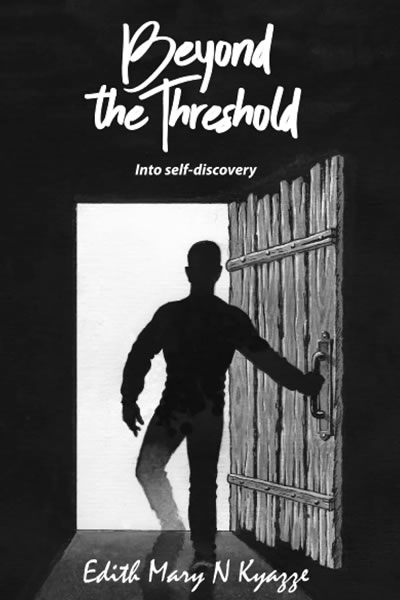
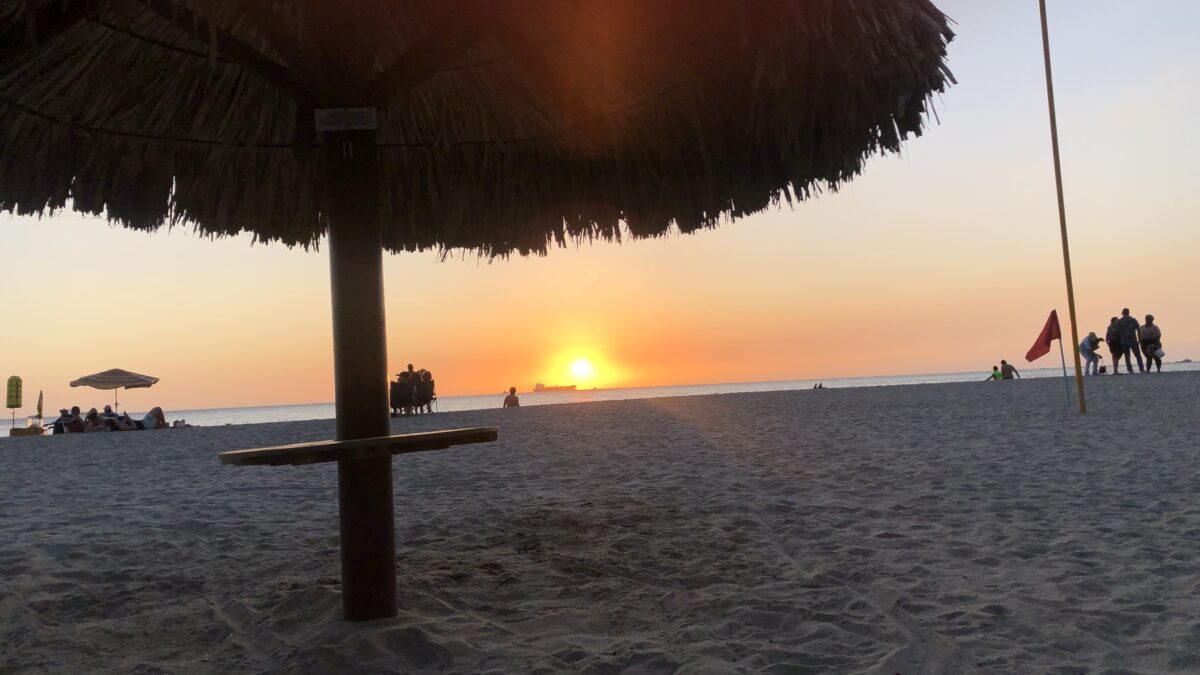
Felix Meyer
Hurray, this is just the right information that I needed. You make me want to learn more! Stop by my page Webemail24 about Roofing.
Edith
thanks for dropping by